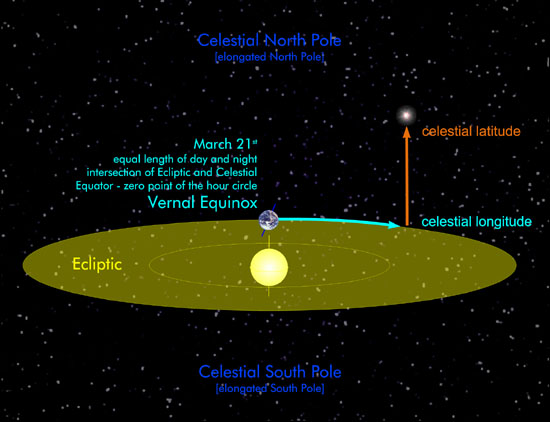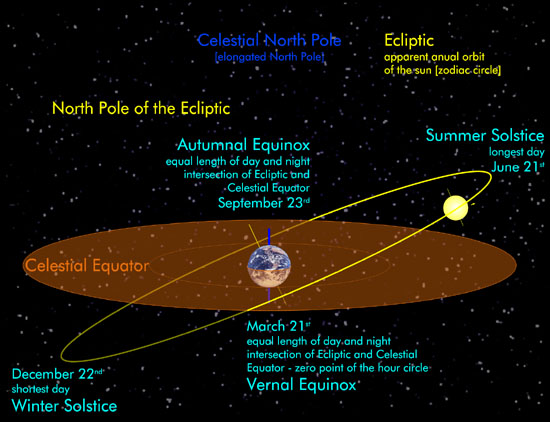Your REAL zodiac sign
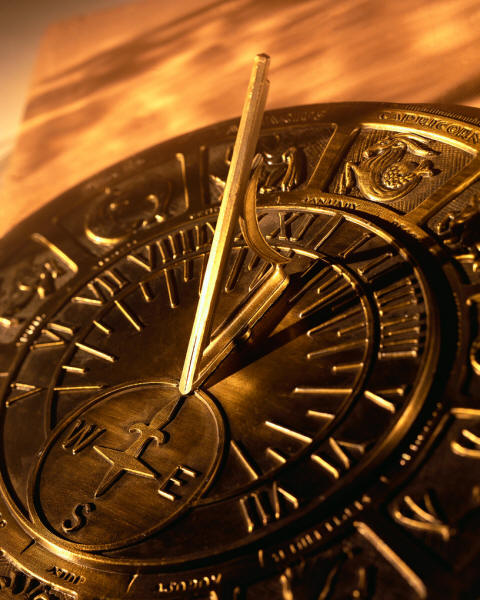
The astronomy behind astrology
- Do you know that what you consider to be your
zodiac sign, might not be correct?
- Do you know that since the invention of the zodiac system more than 3000 years ago, the sky has actually changed and the traditional zodiac signs do not correspond to the actual ones?
In this page, I try to give a scientific explanation
to these questions and on the way, let you discover your
real zodiac sign. I start by introducing some
astronomical concepts which I hope will give you some
insight about the geometry and the physics of the
rotation of the Earth around the Sun and the apparent
movement of the objects on the sky.
I like to point out that the main purpose of this page is
to show the astronomical facts behind what we call zodiac
signs, and I just did it for fun! (after all, being an
astronomer I am always asked about other people's
horoscopes!). It is not my intention to discuss in
depth the validity of astrology or its predictions,
however I give my personal opinion as an astronomer,
if you're interested.

Introduction
The zodiac and astrology are common concepts
among many countries in the Western civilization. Surveys
show that around 90% of the population know their zodiac
sign, and almost half read their horoscopes regularly.
Astrology columns help to sell millions of newspapers and
magazines; and are a popular topic in television and radio
programs. Although only a small percentage actually admit to
take horoscopes seriously, the vast majority of the people do
not know the astronomical concepts behind their birth sign.
Astrology originated in Mesopotamia around 3000 years ago.
The ancient Babylonians performed methodical observations of
the night sky and built great observatories where priests
would study the skies, and the celestial bodies that they
believed controlled life and events on Earth. In those times,
objects in the sky were believed to be affixed to transparent
celestial spheres and their motions were thought to be a
result of the motion of these spheres as they revolved around
the Earth. Groups of bright stars were observed to form
prominent patterns in the night sky called constellations,
which have been historically ascribed to mythological
figures. The early astronomers recognized that constellations
appeared and disappeared with the change of the
seasons throughout the course of a year. In the same way, the
Sun, Moon and planets were observed to move in relation to
the fixed background of stars, or constellations. The Earth
travels in space as it revolves about the Sun in a planar
orbit that is approximately circular. If one drew a line from
the center of the Earth through the center of the Sun, that
line would "draw" a large plane in the heavens as the Earth
orbits the Sun. This large plane is called the ecliptic
plane, as is shown in Figure 1.
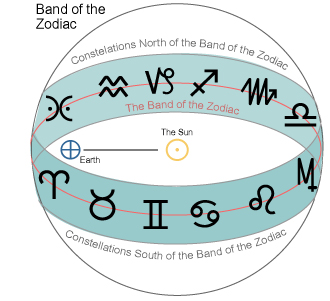
Figure 3
The band of the zodiac and the apparent position of the
constellations with respect to the Earth-Sun system
Based on their observations of the night sky, ancient
astronomers determined that during the daytime, the Sun would
appear to "enter" or pass through different constellations
throughout the year. Because of their perspective from Earth,
they observed that the Sun, the Moon and all the planets
visible with the naked eye seemed to pass in the course of a
year through a region in the sky occupied by twelve specific
constellations. Those constellations are the ones that we
would intersect if we extend the ecliptic plane out into
space. These twelve constellations were called the Zodiac. Many ancient people believed
that a person's behavior, emotions, and fate were heavily
influenced by the time of that person's birth i.e. that
person's zodiac sign.
The zodiac constellations, as envisioned by ancient
astronomers, were ascribed specific patterns that resemble
the shapes of animals and human beings. The constellations of
the zodiac actually form an imaginary belt in the sky that
extends about eight degrees above and below the ecliptic
plane as is shown. As we look at the position of the zodiac
constellations at any given time of the year, the Sun is
between the Earth and one of these constellations, as Figure
3 shows.
We are familiar with the Earth's equator because of our
knowledge of geography. If we could extend the earth's
equator into space so that it could be viewed against the
background of stars, we would be able to see what in
astronomy is called the celestial equator. Because the
Earth's axis of rotation is tilted with respect to the
ecliptic by 23.5∫, the celestial equator and the
ecliptic do not lie on the same plane, but cross each other
at an angle of 23.5 degrees as is shown in Figure 2. The
two points in the sky where these two planes cross are
called the equinoxes. We call the vernal equinox the
intersection point where the Sun, in its apparent motion
against the background stars along the ecliptic, crosses
the celestial equator from south to north, usually
occurring around March 21st. Similarly, we call
the autumnal equinox the intersection point where the Sun,
in its apparent motion against the background stars along
the ecliptic, crosses the celestial equator from north to
south, usually occurring around September 21st.
The first day of Spring then corresponds to the vernal
equinox and the first day of Fall corresponds to the
autumnal equinox. During the time of the equinoxes, we on
the Earth experience twelve hours of day and twelve hours
of night.

Figure 4
The precession of the Earth around its axis
The Earth's rotation on its axis has caused the Earth's shape
to diverge from a sphere, and has caused the Earth's
equatorial regions to bulge out. Because the Earth's equator
is tilted with respect to the orbital plane of the Earth
around the Sun, the Earth's equatorial bulge is also tilted
with respect to the plane along which the Sun and Moon
travel. The Moon and the Sun exert a gravitational drag on
the Earth's equatorial bulge, trying to pull the Earth's
equatorial region to be aligned with the ecliptic plane. This
pull, along with the rotational motion of the Earth on its
axis, the revolution of the Earth around the Sun, and the
revolution of the Moon about the Earth, cause the Earth to
wobble about its axis of rotation, similar to the motion of a
spinning top. This motion is called precession. It is the
wobbling of the equatorial plane that causes the line of the
intersection of the equatorial and ecliptic planes to move.
As mentioned above, the intersection of these two planes
determine where on the zodiac our spring and fall equinoxes
occur. This line of intersection is said to precess or
move around the zodiac because of the wobble.
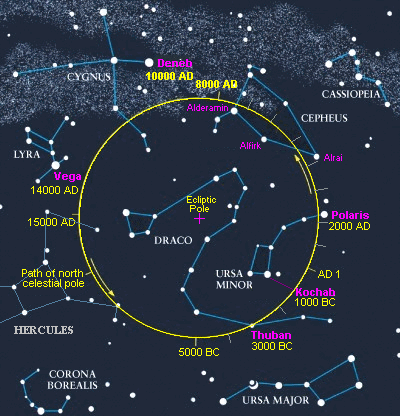
Figure 5
Circular path that the north equatorial pole describes due
to the precession of the Earth
Figure 4 shows a schematic of the Earth's precession, this
effect gradually changes where on the zodiac the equinox
points fall. It takes about 2150 years for the equinox to
travel 30∫ or 1/12th of the ecliptic. This
precession means that the spring equinox was just entering
Pisces 2000 years ago and it is about to enter the
constellation of Aquarius (that is the reason why many
astrologers say that we are going to start the Aquarius
epoch).
An extension of the Earth's axis out into space traces out a
conical figure with a time cycle or period of 26,000 years.
The Earth's precession implies that although Polaris is
currently the star above our north pole, in about 13,000
years Vega will become our north star; only after yet another
13,000 years, will the north pole will once again point
towards Polaris, as shown in Figure 5. Therefore, because of
the Earth's precession, the constellation which is behind the
Sun nowadays is actually different from the one predicted by
astrologers.
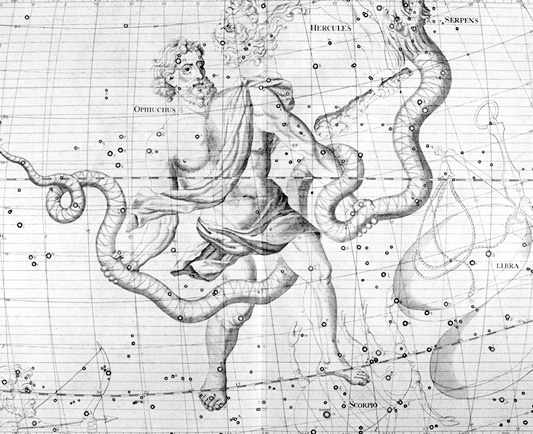
Ophiuchus, the 13th constellation of the zodiac
The constellations of the zodiac at the present
Unlike the zodiac signs in astrology, the astronomical
constellations vary widely in size. If we think of the sky as
a great sphere, the areas that different constellations cover
can be drawn fairly accurately. There are a number of days of
the Earth's orbit when the Sun is between our planet and any
one of the zodiacal constellations. Since each constellation
is of different size and since the ecliptic passes through
larger or smaller portions of each constellation, and the
speed of the Earth around the Sun varies along its orbit, the
Sun is between the Earth and each zodiacal constellation for
varying periods. For example, more days (44 days) are spent
with the Sun between the Earth and the largest constellation,
Virgo, than are spent with the Sun between the Earth and the
smallest constellation, Scorpius (7 days).
The boundaries of all the constellations in the sky were set
by the International Astronomical Union (IAU) in 1930. This
was essentially a mapping exercise to make the work of
astronomers more efficient. 2000 years ago, there were 12
constellations in our zodiac. At present our ecliptic passes
through the boundaries of 13 constellations, the usual 12 and
a new one known as Ophiuchus (or Serpentarius).
Ophiuchus is depicted as a man
supporting a serpent, the interposition of his body
divides the snake into two parts, Serpens Caput and
Serpens Cauda. Ophiuchus, is located in a position near
the center of the Milky Way galaxy amid clouds of
molecular hydrogen and dust. In addition, although not
part of the original constellation stars, the so-called
Barnard's Star is located within Ophiuchus; this object
has the largest known proper motion relative to the Sun.
Just as a remark, within a few hundred years the ecliptic
will no longer pass through Scorpius but will also include
the constellation of Orion.
Most astrologers use a different system to determine the size
of our zodiacal constellations. The ecliptic (which is
also the name to the apparent path of the Sun on the sky,
which creates a circle of 360∫) is simply divided
up into twelve equal segments (of 30∫) corresponding to
the same amount of months in the calendar, just by
convenience, marking the start of the year cycle at the
so-called first point of Aries, i.e. the point on the sky
where the ecliptic and equatorial planes intersect, i.e. the
vernal equinox. This point occurred 2000 years ago in the
constellation of Aries, but nowadays this occurs in the
constellation of Piscis, making this constellation the
start-point of the current zodiac solar system.
The following table provides the dates at which the Sun is
located within the boundaries of a specific zodiac
constellation as defined in 1930 by the International
Astronomical Union, i.e. the periods of the real zodiac
signs.
The dates can vary by as much as 2 days from year to year,
depending on the cycle of leap years. The solar zodiac column
indicates the actual dates when the Sun is located within the
boundaries of the named constellation. If you are on the
boundary between any two signs and you want to know your real
sign (together with your ascendent and descendent signs,
defined below), use the free software called Stellarium indicating the date, time and
location of birth and it will give you a nice sky chart of
your birthday through a nice interface.
| Sign | Meaning | Symbols | Astrological
(tropical) zodiac |
Astronomical
(solar) zodiac |
Duration | |
|---|---|---|---|---|---|---|
| Aries | The Ram | 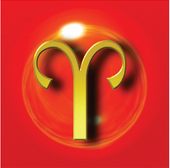 |
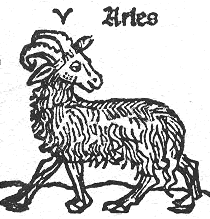 |
21st March
to 20th April |
19th April
to 14th May |
25 days |
| Taurus | The Bull | 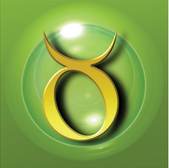 |
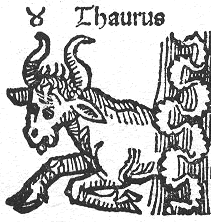 |
21st April
to 21st May |
15th May
to 21st June |
38 days |
| Gemini | The Twins | 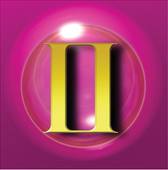 |
 |
22nd May
to 21st June |
22nd June
to 20th July |
30 days |
| Cancer | The Crab |  |
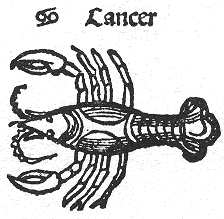 |
22nd June
to 22nd July |
21st July
to 10th August |
21 days |
| Leo | The Lion | 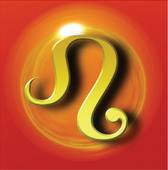 |
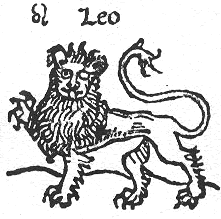 |
23rd July
to 23rd August |
11th August
to 16th September |
37 days |
| Virgo | The Virgin | 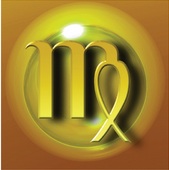 |
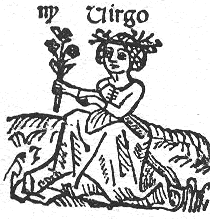 |
24th August
to 22nd September |
17th September
to 31st October |
44 days |
| Libra | The Balance |  |
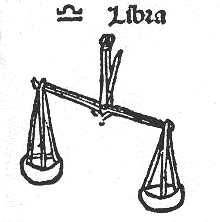 |
23rd September
to 23rd October |
1st November
to 23rd November |
23 days |
| Scorpius | The Scorpion | 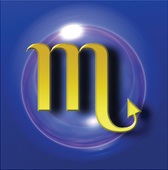 |
 |
24th October
to 22nd November |
24th November
to 30th November |
7 days |
| Ophiuchus | The Serpent Bearer |  |
 |
N/A | 1st December
to 18th December |
18 days |
| Sagittarius | The Archer | 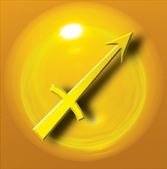 |
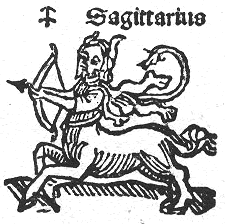 |
23rd November
to 22nd December |
19th December
to 19th January |
31 days |
| Capricornus | The Goat | 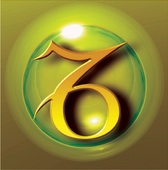 |
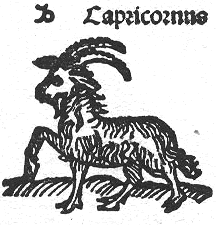 |
23rd December
to 20th January |
20th January
to 16th February |
28 days |
| Aquarius | The Water Carrier |  |
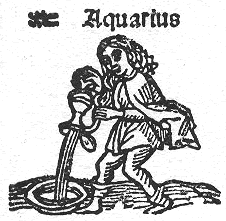 |
21st January
to 19th February |
17th February
to 11th March |
24 days |
| Pisces | The Fish |  |
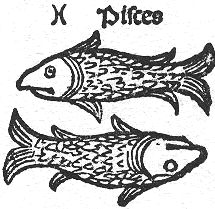 |
20th February
to 20th March |
12th March
to 18th April |
38 days |
The ascendent and descendent signs
The ascendent sign constellation correspond to the position on the sky in which the ecliptic intercepts the horizon on the east at the local time and place of birth. At this point, there is a zodiac sign on the sky which is just rising from the horizon. Due to the Earth's rotation, approximately every 4 minutes any object on the zodiac belt would elevate 1 degree from the horizon; hence the ascendent sign changes during the course of the day. On the other hand, on the west horizon, the constellation which is setting below the horizon at the time of birth constitutes the descendant sign. Therefore, in order to find the ascendant and descendant signs, one needs to know the precise local time and location (geographical latitude, longitude and even altitude) of birth. Just as a remark, the ascendent and descendent signs have no astronomical meaning or importance whatsoever.
